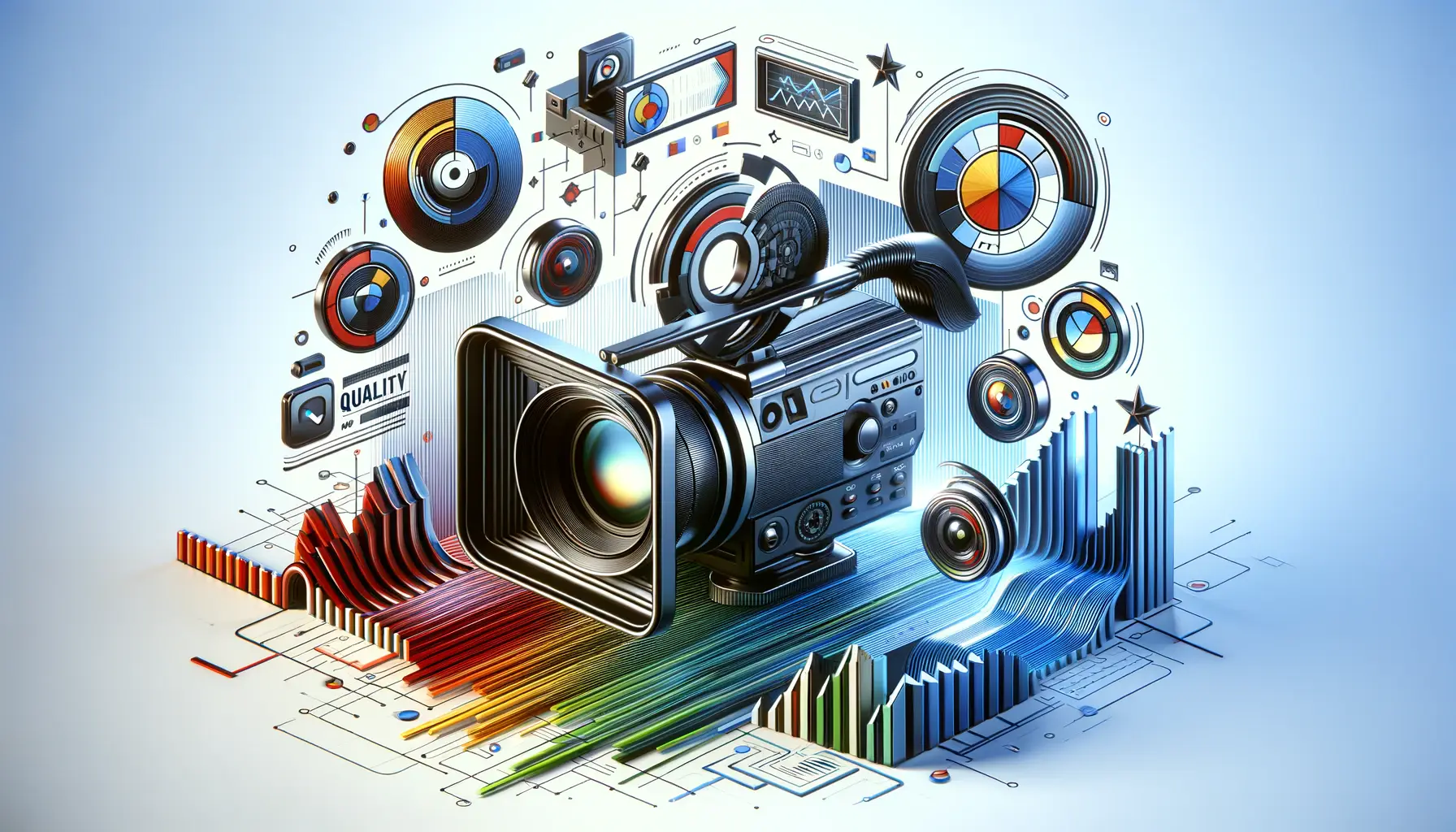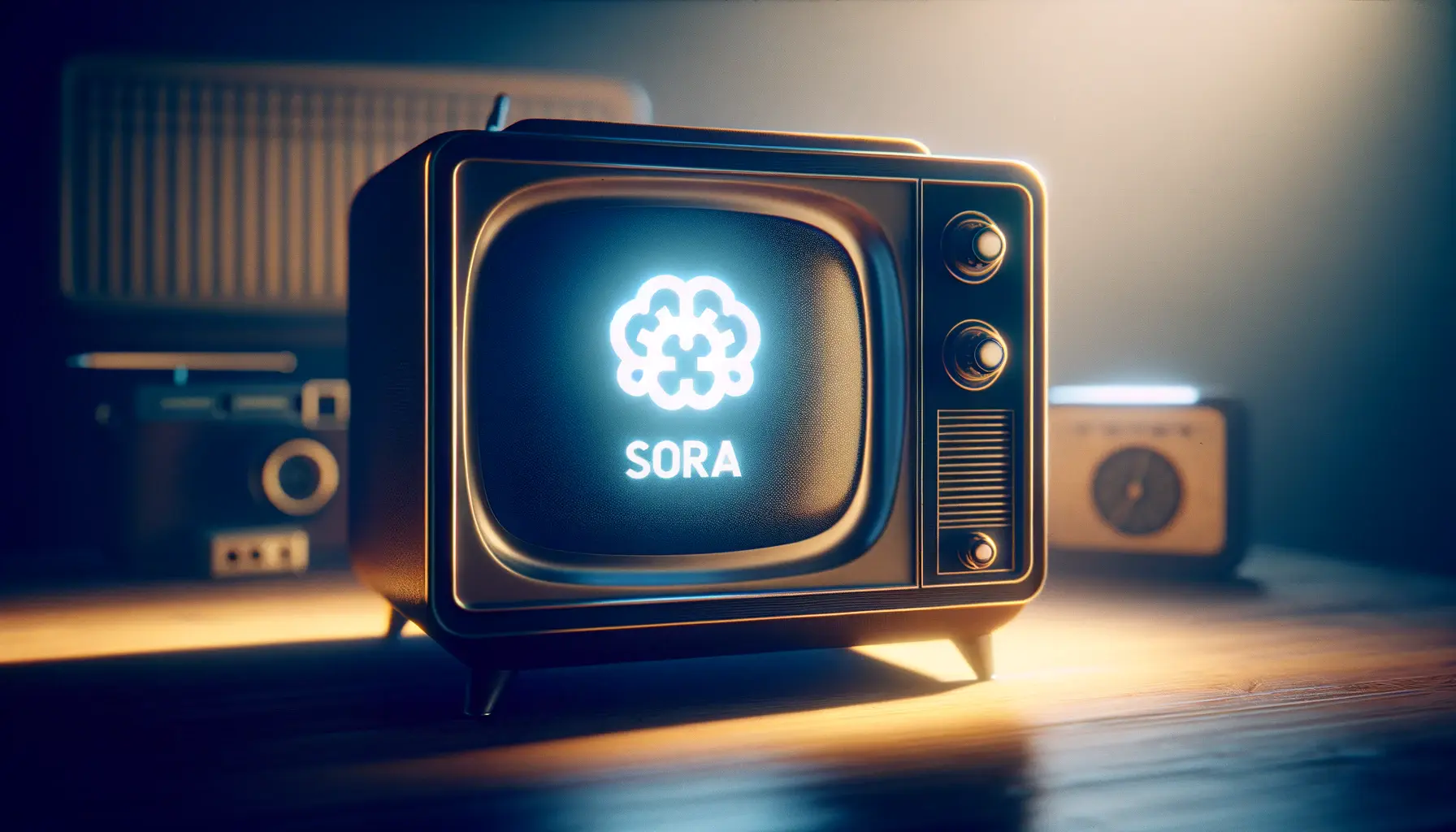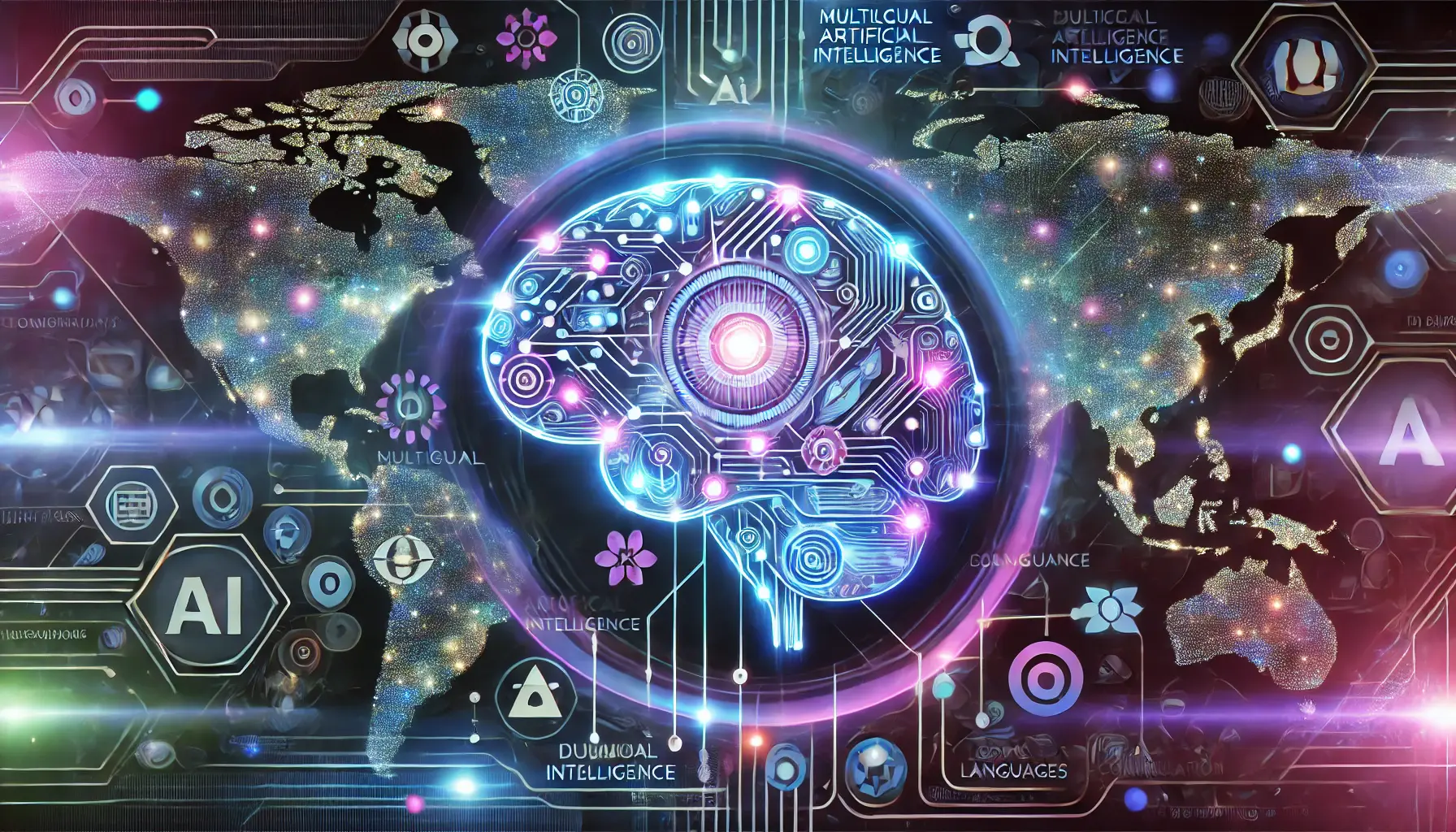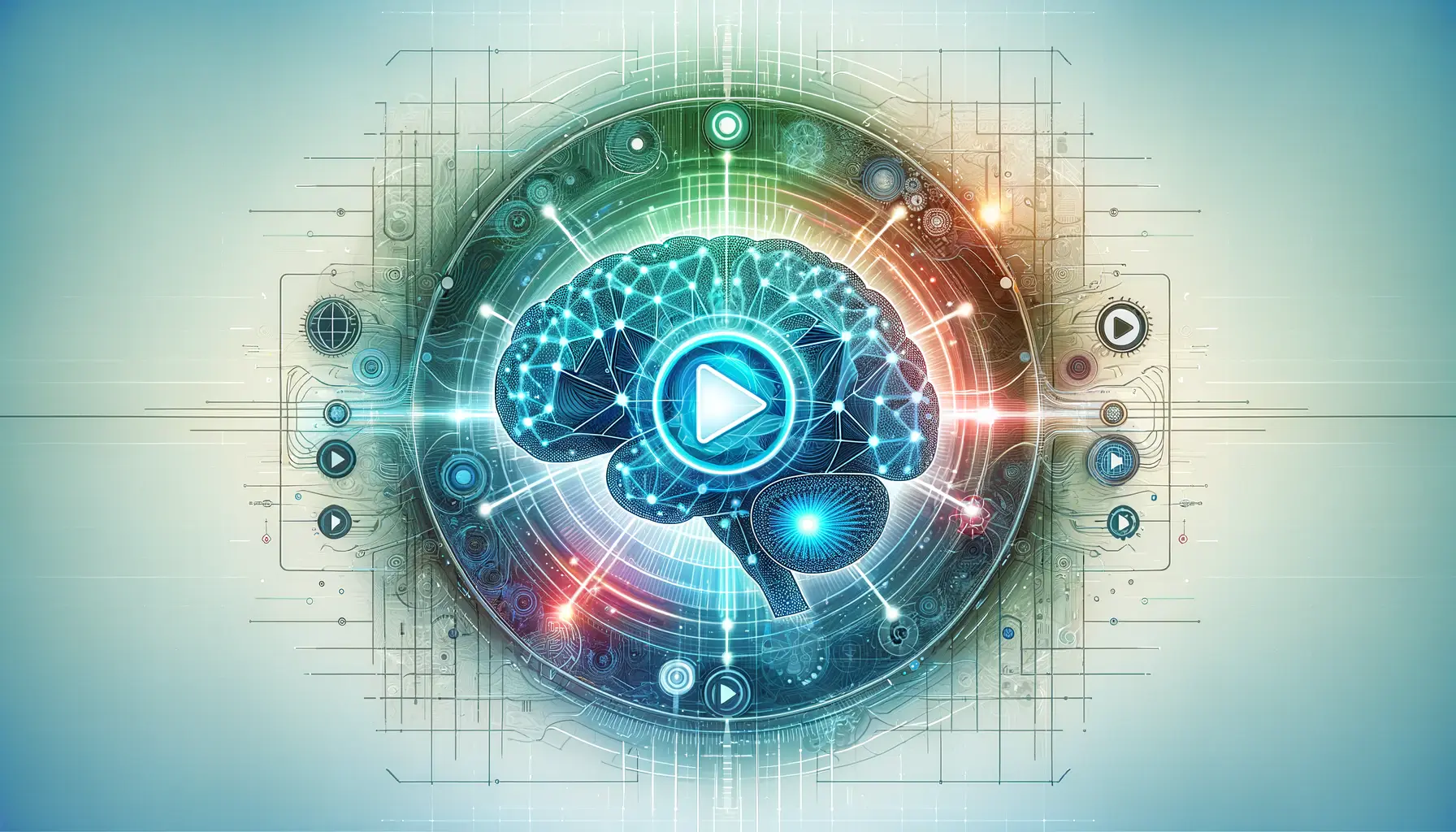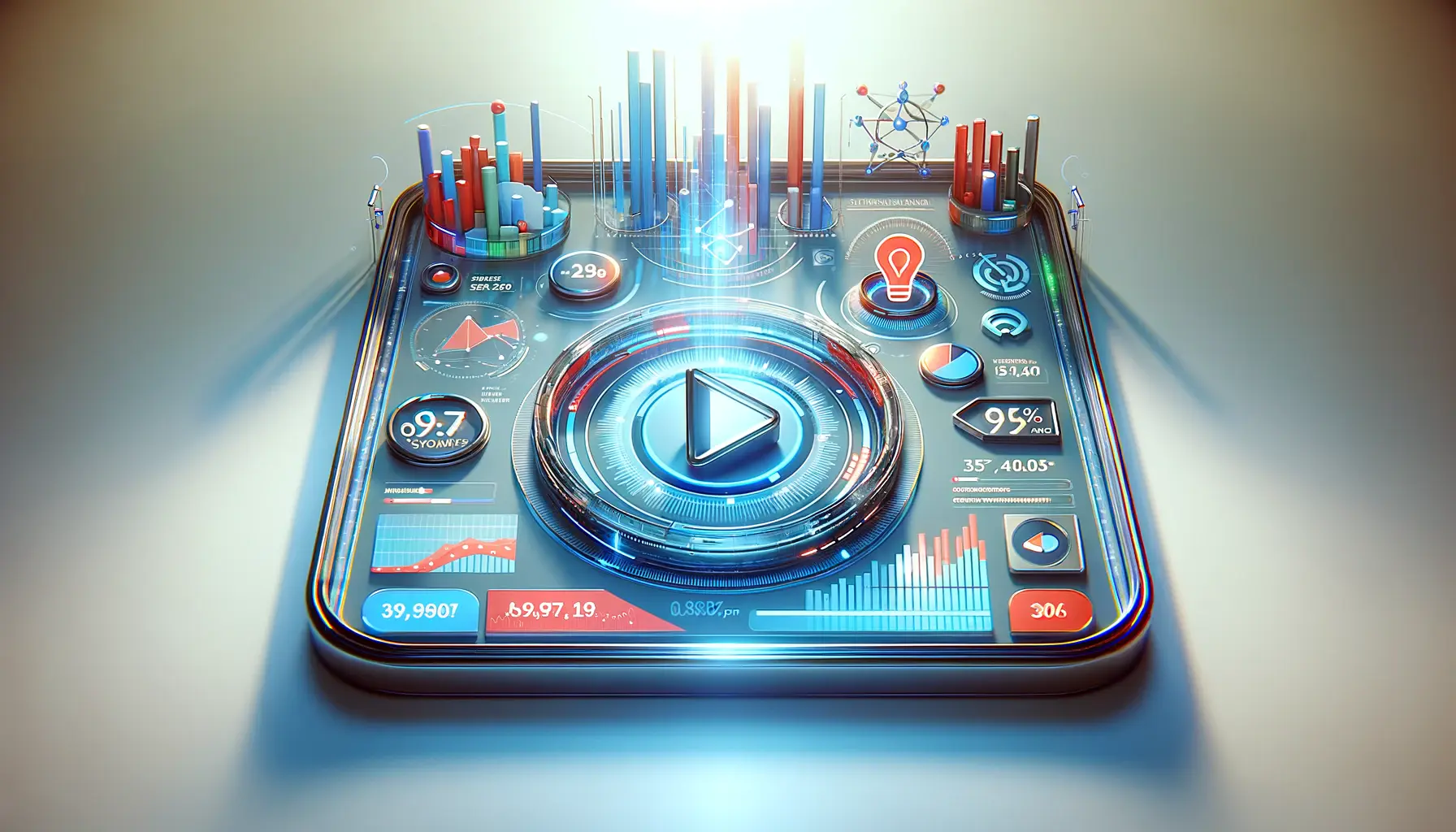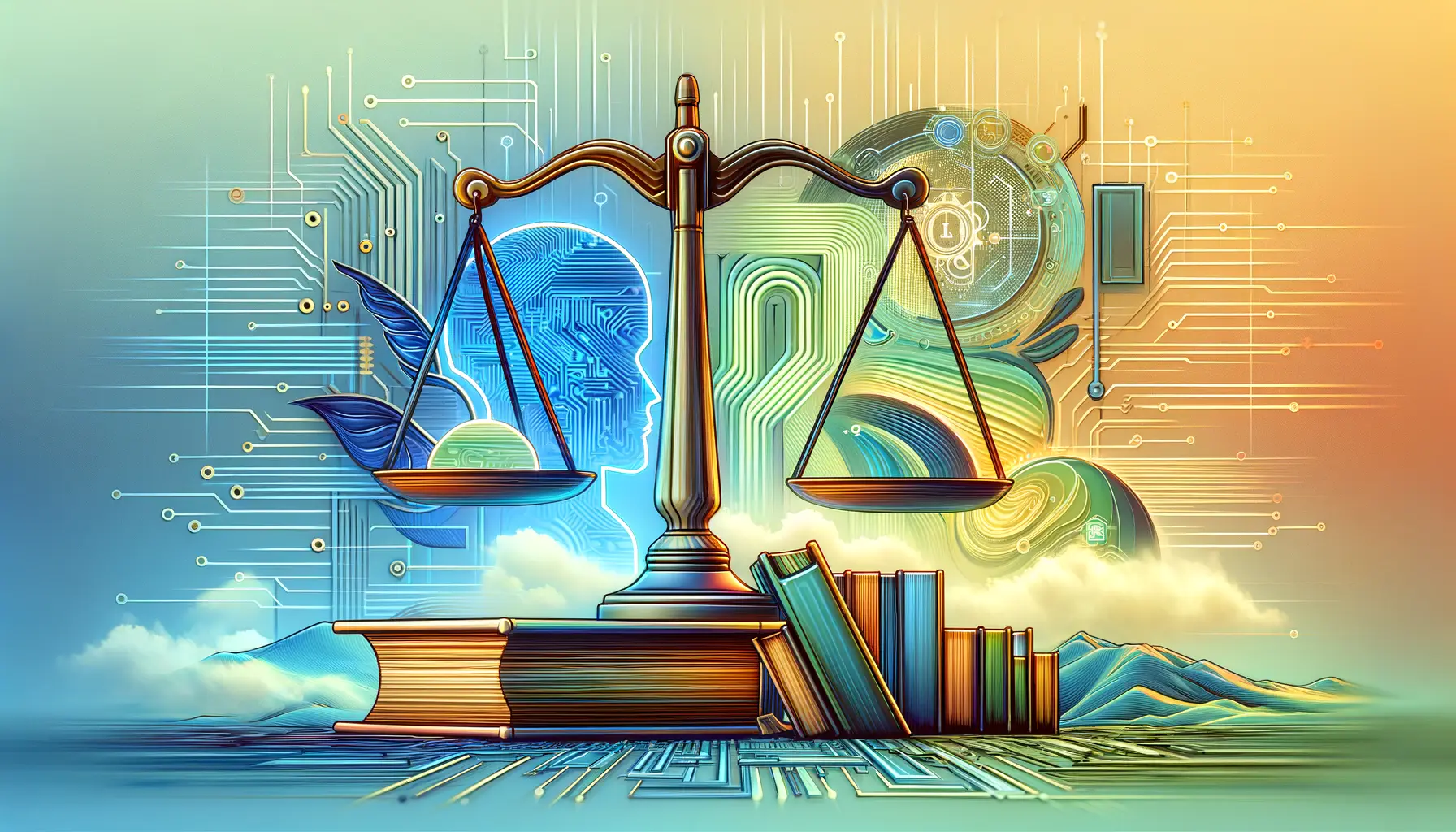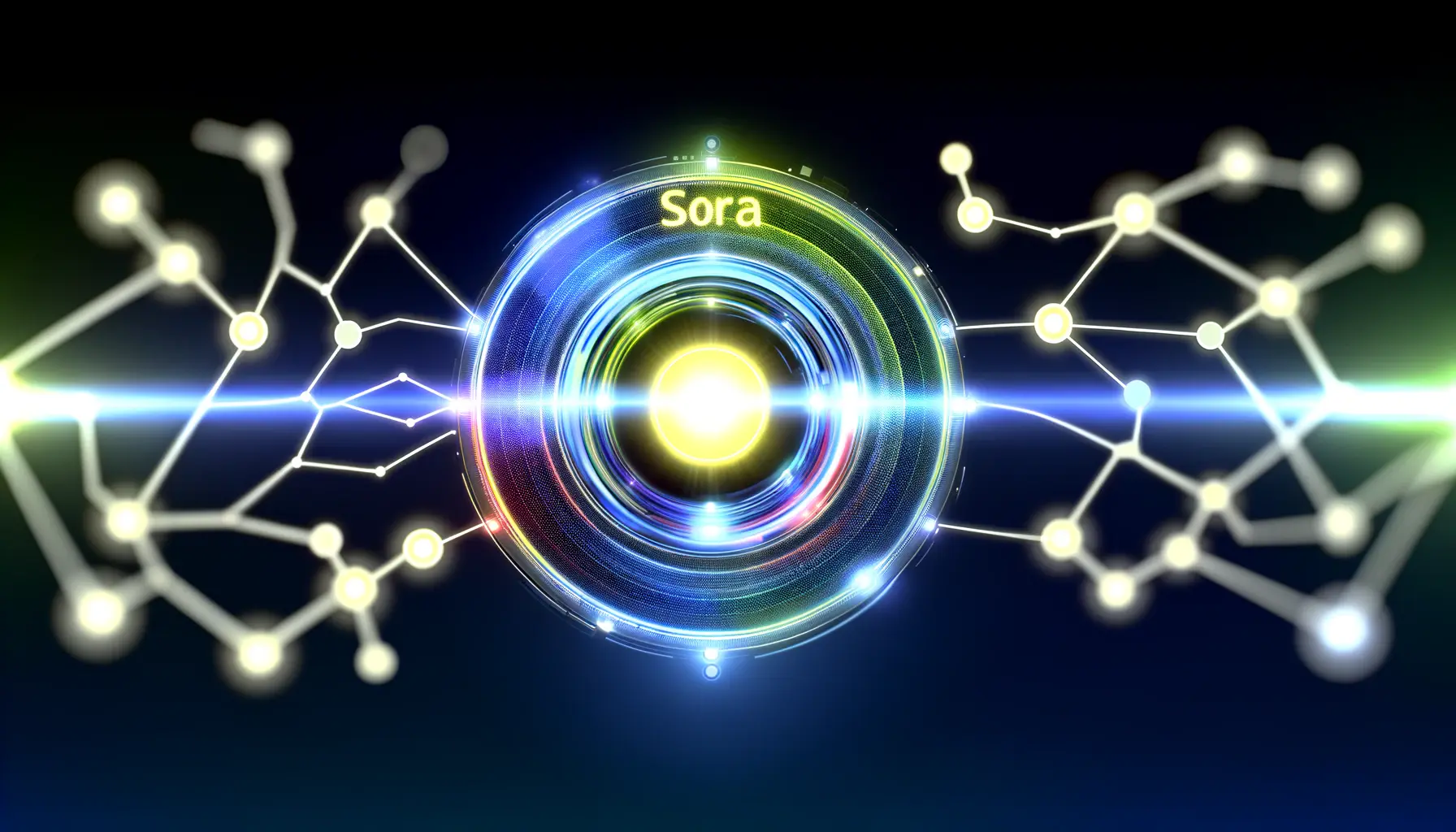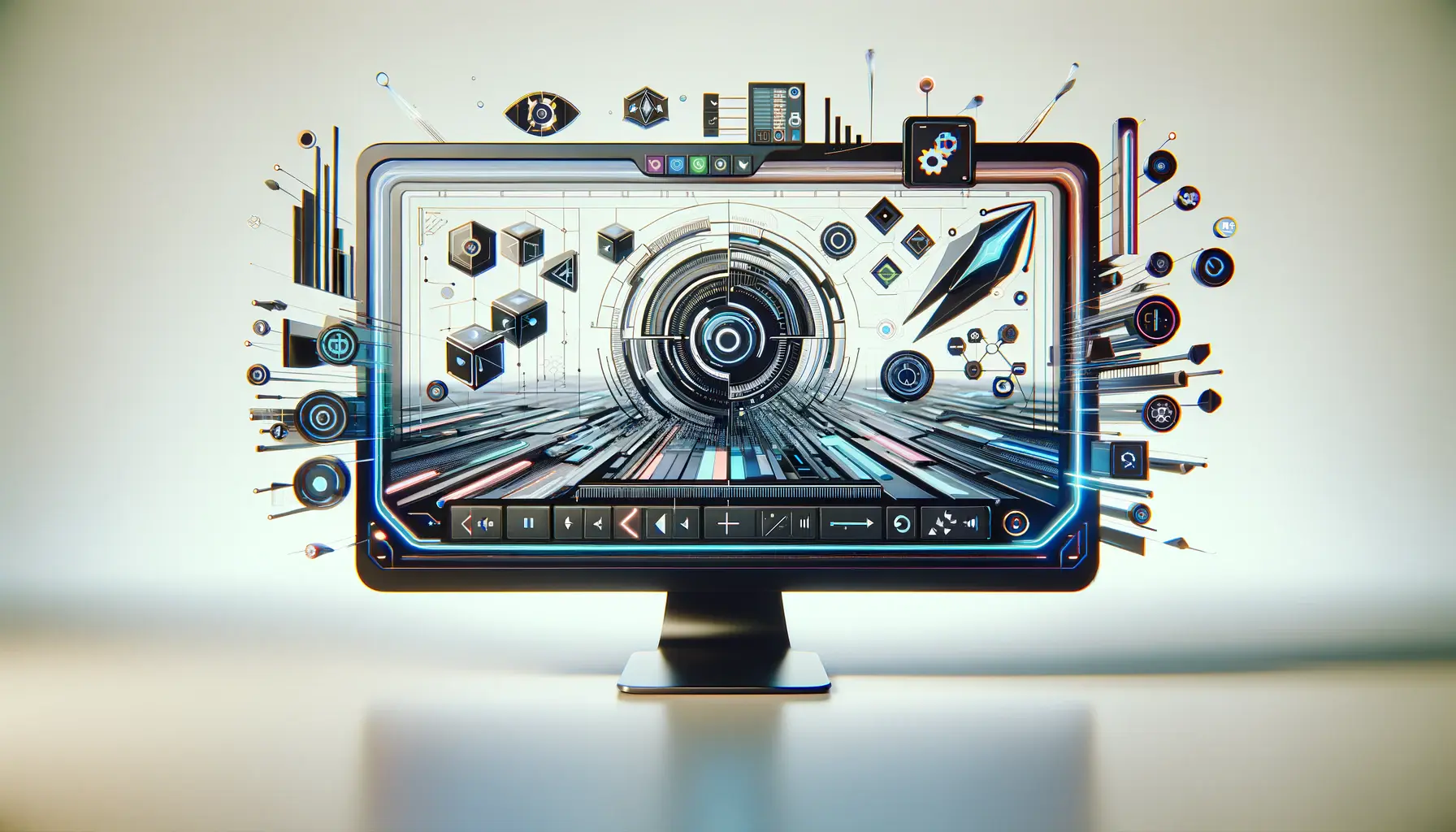The advent of AI-generated content has ushered in a new era of digital creativity, with OpenAI’s Sora at the forefront of this revolution.
This groundbreaking model has the potential to redefine how we conceive, create, and consume video content.
By leveraging advanced machine learning algorithms, Sora is not just a tool but a harbinger of a future where the boundaries between human and machine-generated content blur.
This article delves deep into the quality of videos produced by Sora, exploring its capabilities, the technology behind it, and its implications for various industries.
At its core, Sora embodies the pinnacle of OpenAI’s efforts to harness the power of generative AI for video production.
The model’s ability to generate high-definition, realistic videos from simple text prompts marks a significant milestone in the field.
However, the true measure of Sora’s quality lies not just in its technical prowess but in its potential to democratize video production, making it accessible to creators across the spectrum of expertise.
This exploration aims to shed light on the nuances of Sora’s output quality, examining the intricacies that make it a game-changer in AI-generated videos.
- Understanding Sora’s Technology
- Applications and Impact of Sora in Various Industries
- Challenges and Limitations of Sora
- Enhancing Creativity with Sora
- Future Prospects of AI in Video Generation
- Integrating Sora into Creative Workflows
- Maximizing the Potential of Sora for Content Creators
- Embracing the Future with Sora’s AI-Generated Videos
- Sora AI-Generated Videos FAQ
Understanding Sora’s Technology
The Mechanism Behind Sora
Sora operates on a sophisticated framework that combines elements of natural language processing (NLP) and deep learning to interpret text prompts and translate them into dynamic visual narratives.
This process, known as text-to-video synthesis, involves a complex interplay of algorithms that analyze the text’s semantics, extract key visual elements, and render them into cohesive video sequences.
The model’s architecture is designed to understand and simulate the physical world’s nuances, allowing for the creation of videos that are not only visually appealing but also contextually accurate.
The backbone of Sora’s efficiency lies in its training on a vast dataset of videos, enabling it to learn and replicate a wide range of styles, from photorealistic to animated.
This extensive learning phase equips Sora with the ability to handle diverse prompts, rendering videos that adhere closely to the user’s vision.
The model’s flexibility and adaptability are central to its ability to produce quality content, setting a new standard for AI-generated videos.
Quality Metrics for AI-Generated Videos
Evaluating the quality of AI-generated videos involves several criteria, including resolution, realism, and the ability to convey the intended message or emotion.
Sora excels in these areas, producing videos with up to 1080p resolution that showcase detailed textures, accurate color representation, and smooth motion.
Moreover, the model’s capacity for emotional depth and narrative coherence adds a layer of sophistication to its output, bridging the gap between artificial creation and human artistry.
Another aspect of Sora’s quality is its consistency across different genres and themes.
Whether it’s a serene landscape, a bustling cityscape, or a complex sci-fi scene, Sora maintains a high level of detail and authenticity.
This versatility is crucial for creators looking to explore a wide range of concepts without compromising on quality.
The model’s ability to generate videos that resonate with viewers on an emotional level is a testament to its advanced understanding of human perception and storytelling.
Sora’s groundbreaking technology not only enhances the quality of AI-generated videos but also democratizes video production, making it accessible to a broader range of creators.
Applications and Impact of Sora in Various Industries
The introduction of Sora by OpenAI has far-reaching implications across multiple sectors, revolutionizing how content is created, shared, and consumed.
Its ability to generate high-quality videos from textual descriptions opens up new avenues for creativity and efficiency in industries ranging from entertainment and education to marketing and beyond.
Here, we explore the diverse applications of Sora and its potential to transform these sectors.
Entertainment and Media Production
In the realm of entertainment and media, Sora stands as a powerful tool for filmmakers, animators, and content creators.
Its capacity to produce detailed, realistic videos can significantly reduce the time and resources required for video production, enabling creators to bring their visions to life with unprecedented speed and flexibility.
- Movie and Series Development: Sora can assist in creating detailed storyboards or even complete scenes, allowing for rapid prototyping of ideas and concepts.
- Animation: Animators can leverage Sora to generate intricate animated sequences, reducing the need for extensive manual work.
- Music Videos: Music producers and artists can use Sora to create visually captivating music videos that align with their songs’ themes and lyrics.
Educational Content Creation
Educational institutions and e-learning platforms can harness Sora’s capabilities to produce instructional videos that are both informative and engaging.
This can revolutionize the way educational content is delivered, making learning more accessible and enjoyable for students worldwide.
- Visual Learning Materials: Complex subjects can be explained through detailed visualizations, enhancing comprehension and retention.
- Interactive Course Content: Sora can create scenarios or simulations that provide interactive learning experiences.
- Language Learning: By generating videos that depict conversational scenarios, Sora can aid in teaching languages in a more immersive manner.
Marketing and Advertising
For the marketing and advertising industry, Sora offers a novel way to create compelling ad content that can capture the audience’s attention.
Its ability to quickly produce high-quality videos allows for more dynamic and personalized advertising strategies.
- Product Demos: Companies can use Sora to create realistic product demonstrations, showcasing features and benefits in a visually appealing manner.
- Brand Storytelling: Brands can tell their stories through engaging video content, building a stronger emotional connection with their audience.
- Social Media Content: With Sora, marketers can rapidly generate content for social media campaigns, keeping up with the fast-paced online environment.
The versatility of Sora in creating quality video content has the potential to revolutionize content creation across industries, offering a blend of efficiency, creativity, and personalization.
Challenges and Limitations of Sora
While Sora represents a significant advancement in AI-generated video production, it is not without its challenges and limitations.
As with any technology, understanding these hurdles is crucial for both developers and users to maximize its potential while mitigating risks.
This section delves into the primary challenges and limitations associated with Sora, providing insights into the areas that require attention and improvement.
Accuracy and Contextual Understanding
One of the main challenges faced by Sora is ensuring the accuracy and contextual appropriateness of the generated videos.
Despite its advanced algorithms, Sora may sometimes misinterpret prompts, leading to outputs that do not fully align with the user’s intentions.
This issue underscores the importance of refining the model’s natural language processing capabilities to enhance its understanding of complex and nuanced prompts.
- Difficulty with abstract concepts and metaphors that require a deep understanding of context and culture.
- Challenges in maintaining narrative coherence over longer sequences, which can impact the storytelling aspect of video content.
Technical Limitations and Resource Requirements
The technical demands of running Sora are significant, given the complexity of video generation.
High computational power is required to process and render videos, which can limit accessibility for individual creators or small organizations.
Additionally, the quality of the output is directly influenced by the richness of the training data, necessitating continuous updates and expansions of the dataset to cover a broader range of scenarios and styles.
- High computational costs associated with rendering high-resolution videos.
- Dependency on extensive and diverse datasets to train the model, which can be a bottleneck in improving versatility and accuracy.
Ethical Considerations and Misuse Potential
The ability of Sora to generate realistic videos raises ethical concerns, particularly regarding the potential for creating misleading or harmful content.
As the technology becomes more accessible, there is a risk of misuse in creating deepfakes or propagating false information.
Addressing these concerns requires robust ethical guidelines and the development of detection tools to distinguish AI-generated content from real footage.
- Concerns over the creation of deepfake videos that could be used for misinformation or malicious purposes.
- The need for clear ethical guidelines and user agreements to prevent misuse of the technology.
Despite its groundbreaking potential, Sora’s effectiveness is tempered by challenges related to accuracy, technical requirements, and ethical considerations. Addressing these issues is essential for the responsible development and deployment of AI-generated video technology.
Enhancing Creativity with Sora
The advent of Sora by OpenAI has not only revolutionized the way videos are produced but also significantly enhanced the creative capabilities of content creators across the globe.
By providing a tool that can translate textual descriptions into vivid, high-quality videos, Sora has opened up new horizons for creativity, enabling artists, filmmakers, and marketers to bring their most imaginative concepts to life with ease and efficiency.
Empowering Artists and Filmmakers
For artists and filmmakers, Sora acts as a catalyst for creativity, breaking down the traditional barriers associated with video production.
The ability to generate complex scenes and animations from simple text prompts allows creators to experiment with narrative and visual styles without the constraints of budget, time, or technical skills.
This democratization of video production empowers a wider range of creators to express their visions and tell their stories in ways that were previously unimaginable.
- Storyboarding and Pre-visualization: Sora enables rapid prototyping of ideas, helping creators visualize scenes and sequences before the actual production process begins.
- Experimental Art: Artists can use Sora to explore new forms of visual storytelling, creating unique and experimental video art that pushes the boundaries of traditional media.
Revolutionizing Content Creation in Marketing
In the marketing domain, Sora offers brands and advertisers the unparalleled ability to produce compelling video content that engages and captivates their target audience.
The speed and quality of Sora-generated videos allow for the creation of dynamic advertising campaigns that can be tailored to specific themes, messages, or promotions, making it a powerful tool for storytelling and brand building.
- Dynamic Advertisements: Quickly generate ads that can be adapted to different platforms, audiences, or marketing goals, keeping content fresh and relevant.
- Personalized Video Content: Create customized videos that speak directly to individual preferences or interests, enhancing customer engagement and loyalty.
Unlocking New Educational Possibilities
Sora’s impact extends into the educational sector, where it can transform the way educational content is created and delivered.
By generating illustrative and interactive videos, educators can enhance the learning experience, making complex concepts easier to understand and more engaging for students.
This capability is particularly beneficial in fields that rely heavily on visual aids, such as science, history, and language learning.
- Interactive Learning Modules: Develop videos that simulate real-life scenarios or experiments, providing students with a more immersive learning experience.
- Customized Educational Content: Tailor video content to suit different learning styles and needs, making education more accessible and inclusive.
Sora’s introduction marks a significant leap forward in creative expression, offering endless possibilities for artists, marketers, and educators to explore new dimensions of creativity and storytelling.
Future Prospects of AI in Video Generation
The emergence of AI technologies like Sora signifies a transformative phase in video generation, heralding a future where AI’s role in creative processes becomes increasingly central.
As these technologies continue to evolve, the potential applications and impacts on various industries are vast and varied.
This section explores the future prospects of AI in video generation, highlighting the anticipated advancements and the broader implications for content creation and consumption.
Advancements in AI Technologies
Future developments in AI video generation are expected to focus on enhancing realism, reducing computational requirements, and improving user accessibility.
As AI models become more sophisticated, we can anticipate a significant improvement in the quality of generated videos, with advancements in rendering lifelike textures, complex lighting effects, and natural movements.
Moreover, efforts to streamline AI algorithms will likely make these technologies more accessible to a broader audience, reducing the need for high-end computational resources.
- Increased realism and detail in generated videos, making them indistinguishable from real footage.
- Improved efficiency of AI models, enabling faster video generation with lower computational costs.
Expanding Applications Across Industries
The versatility of AI in video generation opens up a plethora of applications across various sectors.
In the entertainment industry, AI could revolutionize the way movies and series are produced, offering tools for automatic editing, special effects, and even script-based scene creation.
In education, AI-generated videos could provide personalized learning experiences, adapting content to match the learning pace and style of individual students.
Additionally, in marketing, AI’s ability to produce tailored content rapidly could lead to more dynamic and interactive advertising strategies.
- Automated video production processes in the film and entertainment industry.
- Personalized educational content that adapts to individual learning needs.
- Dynamic, real-time marketing content generation for enhanced customer engagement.
Challenges and Ethical Considerations
As AI video generation technologies advance, they also raise significant challenges and ethical considerations.
Issues such as copyright infringement, privacy concerns, and the potential for misuse in creating deepfakes or spreading misinformation will require careful attention.
Developing robust ethical guidelines and regulatory frameworks will be crucial in ensuring that the benefits of AI in video generation are realized while minimizing potential harms.
- Establishing clear ethical guidelines and standards for the use of AI in video generation.
- Developing technologies and policies to detect and prevent the misuse of AI-generated videos.
The future of AI in video generation promises unprecedented opportunities for creativity and innovation, alongside the need for responsible development and ethical use of these powerful technologies.
Integrating Sora into Creative Workflows
The integration of Sora into creative workflows represents a paradigm shift in content creation, offering a blend of efficiency, innovation, and accessibility.
As creators from various fields begin to explore and adopt Sora, the process of generating video content is becoming more streamlined and collaborative.
This section examines the practical aspects of incorporating Sora into creative projects, highlighting the benefits and strategies for effective utilization.
Streamlining Video Production
Sora’s ability to quickly generate high-quality videos from text prompts significantly reduces the time and resources traditionally required for video production.
This efficiency enables creators to focus more on the creative aspects of their projects, such as storytelling and visual aesthetics, rather than being bogged down by technical limitations.
By integrating Sora into their workflows, filmmakers, marketers, and educators can expedite the production process without compromising on quality.
- Reduction in production timelines, allowing for faster project completion.
- Lowered costs associated with video production, making high-quality video content more accessible to independent creators and small businesses.
Enhancing Creative Collaboration
Sora also facilitates a more collaborative approach to content creation.
By providing a common platform where creators can input their ideas and see them realized in video form, Sora encourages teamwork and collective brainstorming.
This collaborative environment can lead to more innovative and diverse content, as different perspectives and skills are brought together in the creative process.
- Teams can collaboratively refine concepts and visuals, leveraging Sora’s capabilities to visualize ideas in real-time.
- Enhanced communication among team members, as Sora-generated videos provide a clear and tangible representation of creative ideas.
Adapting to New Creative Possibilities
The advent of Sora opens up new creative possibilities, encouraging creators to experiment with novel concepts and storytelling techniques.
As creators become more familiar with Sora’s capabilities, they are likely to discover unique ways to leverage AI in their projects, pushing the boundaries of traditional video content.
This exploration of new creative frontiers is one of the most exciting prospects of integrating Sora into creative workflows.
- Exploration of new genres and styles that were previously difficult or expensive to produce.
- Innovative storytelling techniques that leverage Sora’s ability to generate diverse and complex visual narratives.
Integrating Sora into creative workflows not only streamlines the video production process but also opens up a world of creative possibilities, fostering innovation and collaboration among content creators.
Maximizing the Potential of Sora for Content Creators
The introduction of Sora by OpenAI has been a game-changer for content creators, offering unprecedented capabilities in video generation.
To fully leverage the potential of this innovative tool, creators must understand its functionalities, strengths, and how it can be applied to enhance their creative projects.
This final section provides insights into strategies for maximizing Sora’s potential, ensuring that content creators can harness its power to produce compelling, high-quality video content.
Understanding Sora’s Capabilities
The first step in maximizing Sora’s potential is to gain a deep understanding of its capabilities and limitations.
Content creators should familiarize themselves with the types of prompts that yield the best results, the range of video styles Sora can generate, and the nuances of its text-to-video synthesis process.
By understanding these aspects, creators can tailor their prompts to align with Sora’s strengths, ensuring higher quality outputs.
- Experiment with various prompt styles to identify those that Sora interprets most effectively.
- Stay updated on new features and improvements to Sora’s model to take advantage of its evolving capabilities.
Leveraging Sora for Creative Experimentation
Sora’s technology encourages creative experimentation, allowing creators to explore new ideas and concepts without the constraints of traditional video production.
By leveraging Sora, creators can prototype different visual styles, narrative structures, and thematic elements quickly and efficiently.
This freedom to experiment can lead to innovative content that stands out in a crowded digital landscape.
- Use Sora to test out various storytelling techniques and visual effects before committing to a final production.
- Explore unconventional themes and narratives that would be challenging or costly to produce manually.
Integrating Sora into the Creative Process
Effectively integrating Sora into the creative process requires a strategic approach.
Content creators should consider how Sora can complement their existing workflows, identifying areas where AI-generated videos can enhance or streamline production.
Whether it’s for creating initial concepts, producing supplementary content, or generating entire video projects, finding the right balance between AI and human creativity is key.
- Identify specific stages of the production process where Sora can provide the most value, such as concept development or visual effects generation.
- Combine Sora-generated content with traditional video production techniques to create a unique blend of AI and human creativity.
By understanding and strategically leveraging Sora’s capabilities, content creators can unlock new levels of creativity and efficiency in their projects, pushing the boundaries of what’s possible in video content creation.
Embracing the Future with Sora’s AI-Generated Videos
The journey through the capabilities, applications, and transformative potential of Sora’s AI-generated videos reveals a future where creativity knows no bounds.
OpenAI’s Sora has not only demonstrated its prowess in producing high-quality videos from simple text prompts but has also set the stage for a revolution in content creation across various industries.
As we stand on the brink of this new era, it’s clear that Sora’s impact extends far beyond the realm of video production, promising to redefine our relationship with technology and creativity.
The Dawn of a New Creative Epoch
The advent of Sora heralds a new epoch in digital creativity, where the barriers between imagination and realization become increasingly blurred.
This AI model offers a glimpse into a future where creators can effortlessly bring their visions to life, pushing the boundaries of storytelling, education, and marketing.
The potential for Sora to democratize video production, making it accessible to creators of all skill levels, is perhaps its most exciting prospect, promising to unleash a wave of innovation and diversity in content creation.
Navigating the Challenges Ahead
Yet, as we embrace the possibilities opened up by Sora, we must also navigate the challenges it presents.
From ensuring the accuracy and contextual relevance of AI-generated content to addressing ethical considerations around deepfakes and misinformation, the path forward requires careful consideration.
The development of robust frameworks for the ethical use of AI in video generation will be crucial in realizing the full potential of Sora while safeguarding against its misuse.
- Continued innovation in AI technology to enhance the realism and quality of generated videos.
- Expansion of Sora’s applications across industries, unlocking new possibilities for content creation.
- Addressing ethical and technical challenges to ensure the responsible use of AI in video production.
In conclusion, Sora’s AI-generated videos represent a significant milestone in the evolution of content creation, offering a powerful tool for creators to explore new horizons of creativity.
As we look to the future, the potential of Sora to transform the landscape of video production is boundless, promising a world where our creative aspirations are limited only by our imagination.
Embracing this future requires not only technological innovation but also a commitment to navigating the ethical and practical challenges that accompany the integration of AI into our creative processes.
With thoughtful consideration and strategic application, Sora can lead us into a new era of digital storytelling, education, and marketing, enriching our world with content that inspires, educates, and entertains.
Sora AI-Generated Videos FAQ
Explore commonly asked questions about Sora’s AI-generated videos, offering insights into this innovative technology.
Sora is an advanced AI model developed by OpenAI that generates high-quality videos from textual prompts, using text-to-video synthesis.
Sora interprets text prompts to create realistic or animated videos, leveraging a vast dataset and deep learning algorithms for synthesis.
Yes, Sora is capable of generating videos up to 1080p resolution, maintaining high visual quality and detail.
Currently, Sora is in the hands of selected artists and developers for testing, with plans for wider accessibility in the future.
Sora can generate a wide range of videos, from photorealistic scenes to animated narratives, based on the user’s prompts.
Sora uses deep learning to understand and visualize complex prompts, creating coherent and contextually accurate videos.
Yes, Sora’s ability to generate illustrative videos makes it an excellent tool for creating engaging educational content.
While Sora excels in video generation, challenges include ensuring accuracy with abstract concepts and the computational resources required.
